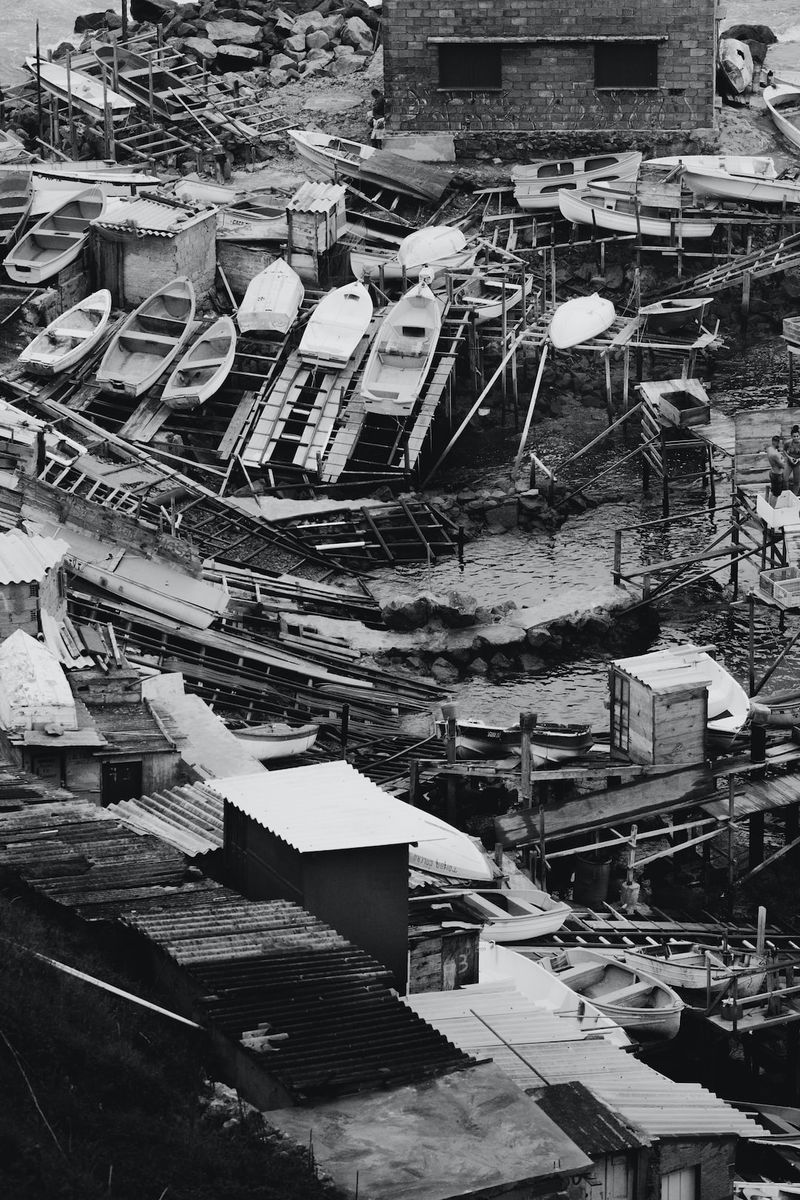Tsunami warning lifted after earthquake off Alaska coast
Overview
On Saturday night, a 7.2 magnitude earthquake struck off the coast of the Alaska Peninsula, triggering a tsunami warning for Southern Alaska. However, the National Weather Service (NWS) in Anchorage downgraded the alert to a tsunami advisory within an hour, and ultimately canceled the advisory an hour later. The earthquake occurred about 50 miles south of Sand Point, Alaska, and at a depth of about 20 miles. Several aftershocks, including a 5.7 magnitude quake, followed the initial earthquake.
Background
The Shumagin Islands region, where Saturday’s earthquake occurred, has witnessed several large temblors in recent years. In July 2020, a 7.8 magnitude earthquake struck the region, followed by an 8.2 magnitude quake in July 2021. The earthquake center based at the University of Alaska Fairbanks released a tweet stating, “The once quiet ‘Shumagin Gap’ isn’t so quiet anymore!” This suggests that the frequency and intensity of earthquakes in the region have increased.
Analysis
The occurrence of earthquakes and subsequent tsunami warnings is a reminder of the power and unpredictability of nature. Earthquakes are a result of the movement of tectonic plates beneath the Earth’s surface. When these plates shift or collide, they release tremendous amounts of energy. In this case, the earthquake off the Alaska coast occurred due to the subduction of the Pacific Plate beneath the North American Plate.
The Shumagin Islands region has been particularly susceptible to earthquakes due to its proximity to the boundary between these two tectonic plates. As the Pacific Plate continues to move, stress accumulates along the boundary, leading to periodic release of energy through earthquakes. This pattern of seismic activity is not uncommon in regions where tectonic plates interact.
However, the increasing frequency and intensity of earthquakes in the Shumagin Islands region raises questions about the potential for larger seismic events in the future. The term “Shumagin Gap” refers to an area between two segments of the Aleutian Megathrust fault that has not experienced a major earthquake in recent history. The presence of a gap that has remained relatively quiet for an extended period is concerning because it suggests that stress is building up, and eventually, a significant earthquake could occur to release that stress.
Editorial
The recent earthquake off the Alaska coast serves as a reminder of the need for preparedness and vigilance in regions prone to seismic activities. While the tsunami warning was eventually lifted, the possibility of a devastating tsunami cannot be ignored. Coastal communities need to have robust emergency response plans in place, including evacuation procedures and tsunami shelters, to protect lives and minimize damage.
Moreover, this seismic activity highlights the importance of ongoing research and monitoring efforts conducted by institutions such as the Alaska Earthquake Center. By studying seismic patterns and conducting hazard assessments, scientists can better understand the behavior of tectonic plates and potentially provide early warning systems for earthquakes and tsunamis. Continued investment in research and monitoring is crucial for the safety and well-being of communities living in earthquake-prone areas.
Conclusion
While the tsunami warning following the earthquake off the Alaska coast was eventually canceled, it serves as a reminder of the potential dangers posed by seismic activity. The occurrence of earthquakes and subsequent tsunamis underscores the need for preparedness, robust emergency response plans, and ongoing research to mitigate the impact of these natural disasters. Coastal communities must be vigilant and ready to respond to such events, while scientists continue to study and monitor seismic patterns to improve early warning systems. By working together, we can better protect lives and property in earthquake-prone regions.

<< photo by Jonathan Borba >>
The image is for illustrative purposes only and does not depict the actual situation.
You might want to read !
- A Shaking Wake-Up Call: Exploring the Implications of Alaska’s 7.2 Magnitude Earthquake
- “Why Dianne Feinstein’s Confusion over Kamala Harris as Tiebreaker Matters for the Democratic Party”
- The Implications of Preparing for Natural Disasters in US Territories: Guam and Typhoon Mawar
- The Rise of Syphilis in Houston: Analyzing the Alarming Increase in Female Cases
- Final Showdown: Mexico and Panama Battle for Gold Cup Glory in 2023
- Why Goldie Hawn and Kurt Russell Choose Love Over Marriage
- Hidden Ireland: Unveiling the Cinematic Beauty of the Emerald Isle
- Extreme Weather Strikes Vermont Ski Resort: A Devastating Flood Event Caught on Video
- Madonna’s Tour Postponed: A Reflection on the Intersection of Health and Artistic Commitment




